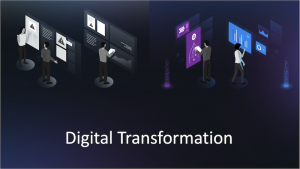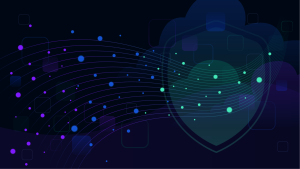The adoption of cloud computing in the federal government will accelerate in a meaningful way over the next 12 to 18 months, increasing the importance of cloud monitoring. This is according to the more than 300 government technology leaders we surveyed for our recently released report, State of Government IT Modernization: Opportunities and Challenges for 2022.
This is welcome insight as the Cloud First and Cloud Smart initiatives continue to take root. In our survey, respondents from civilian and defense agencies said approximately 40% of their application portfolios currently reside in the cloud. These numbers will jump significantly in the near term. Civilian leaders project this number will jump to 50% in the next few months, while defense leaders believe it will hit 60%.
While cloud adoption continues to grow, our respondents showed a hesitancy to adopt artificial intelligence technology, even though AI could significantly increase efficiencies and accelerate modernization benefits.
Just 25% of civilian and 30% of defense agencies currently see AI as critical or very valuable to modernization efforts. Much of the hesitation stems from a lack of staff knowledge regarding AI usage and budget limitations that are currently hindering investment. As one State Department executive said, “There is no defined strategy mapped to deliverables and goals.”
Modernization priorities lie with advanced analytics and technologies
Respondents from both civilian and defense agencies identified advanced analytics, advanced technologies, and the ability to deliver services while reducing costs as their top IT modernization priorities.
However, it is worth noting that the two groups placed these goals in a different order of importance. Civilian respondents prioritized using advanced analytics and technology above cost savings, while defense executives flipped the order.
The survey also showed that approximately seven in 10 federal agencies – both civilian and defense – rated the ability to track, monitor, and report performance as either critical or very important. However, these same leaders indicated they only have clear visibility into two-thirds of their IT environment.
Obstacles to cloud monitoring
The respondents in both the civilian and defense agencies named budget constraints as the biggest challenge for IT modernization. Both groups also identified a lack of resources dedicated solely to monitoring their cloud and the lack of staff expertise as impacting their overall technology goals. They did say that cloud monitoring tools help in this regard, particularly the ability to provide timely awareness of real-time issues.
Being able to safely monitor the cloud will be paramount moving forward. The growth in remote work, increasing IT complexity, and rampant cyber threats make modernizing government IT systems as crucial as ever. Our survey revealed that many agencies struggle to advance the modernization mission because of that compounding IT complexity, tight resources, and the shortage of skilled personnel.
Accelerate critical IT modernization initiatives more quickly
To help agencies meet their cloud growth and IT modernization goals, an automated, AI-driven observability solution like Dynatrace provides advanced analytics and actionable intelligence on modern IT technologies. By auto-discovering and ingesting data from cloud-native technologies in context, Dynatrace automatically applies causal AI to deliver actionable answers so agencies don’t have to be AI experts to benefit from its insights. Automated, AI-based next-generation technology offers a path to accelerate critical modernization initiatives more quickly, benefitting agencies and the citizens who rely on them.





Looking for answers?
Start a new discussion or ask for help in our Q&A forum.
Go to forum